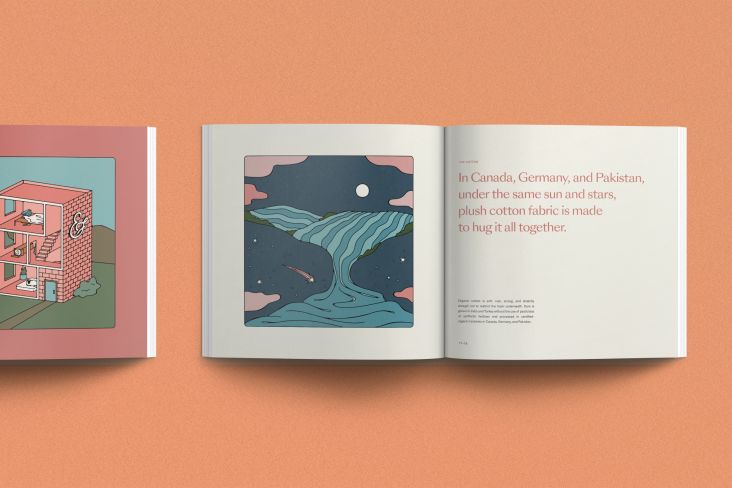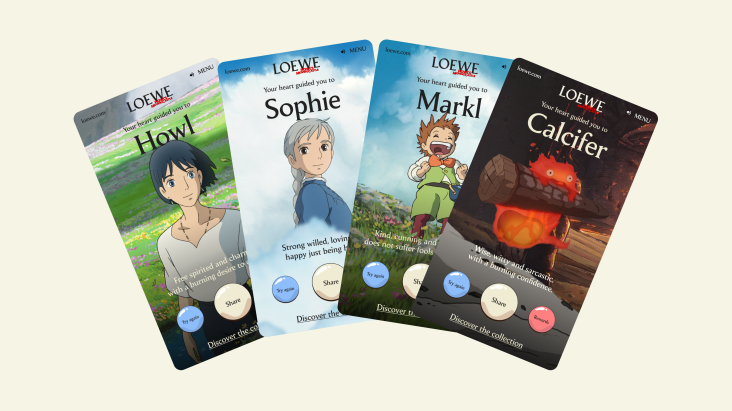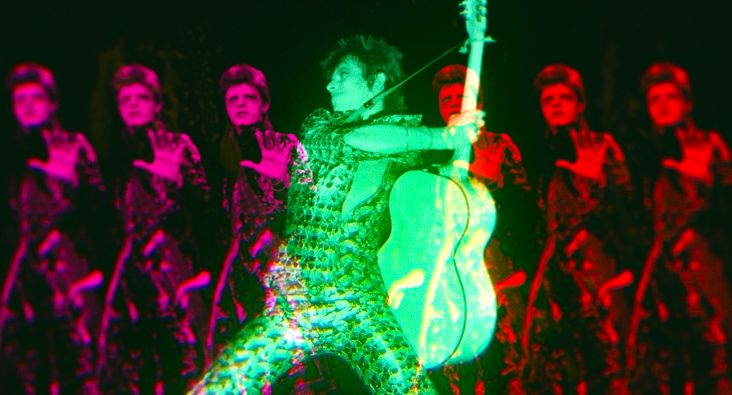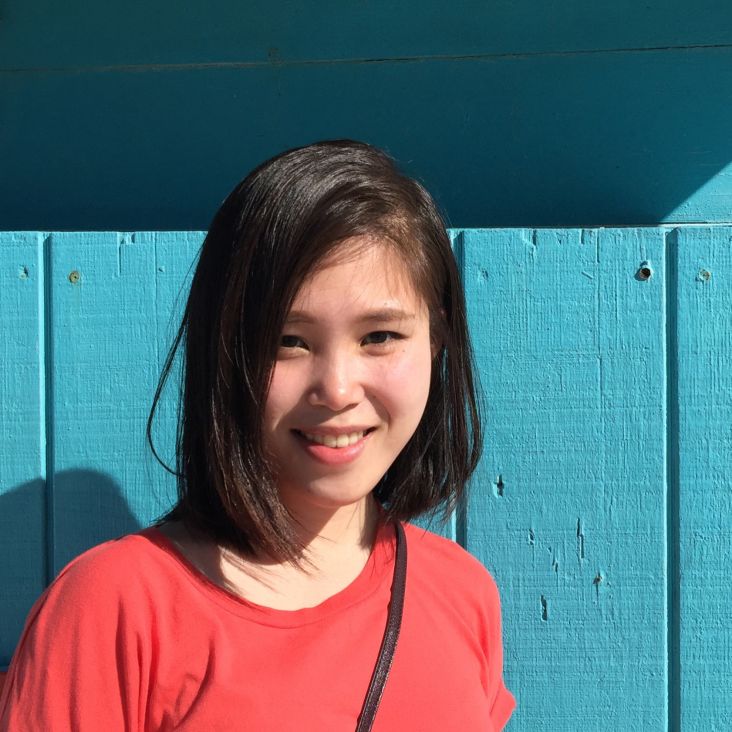What makes a great brand and artist collaboration?
Brands have long recognised the value of collaborating with artists. Stephen Minasvand, co-founder and Head of Design at minds + assembly, sat down with Creative Boom to discuss some of the most iconic collaborations throughout history.
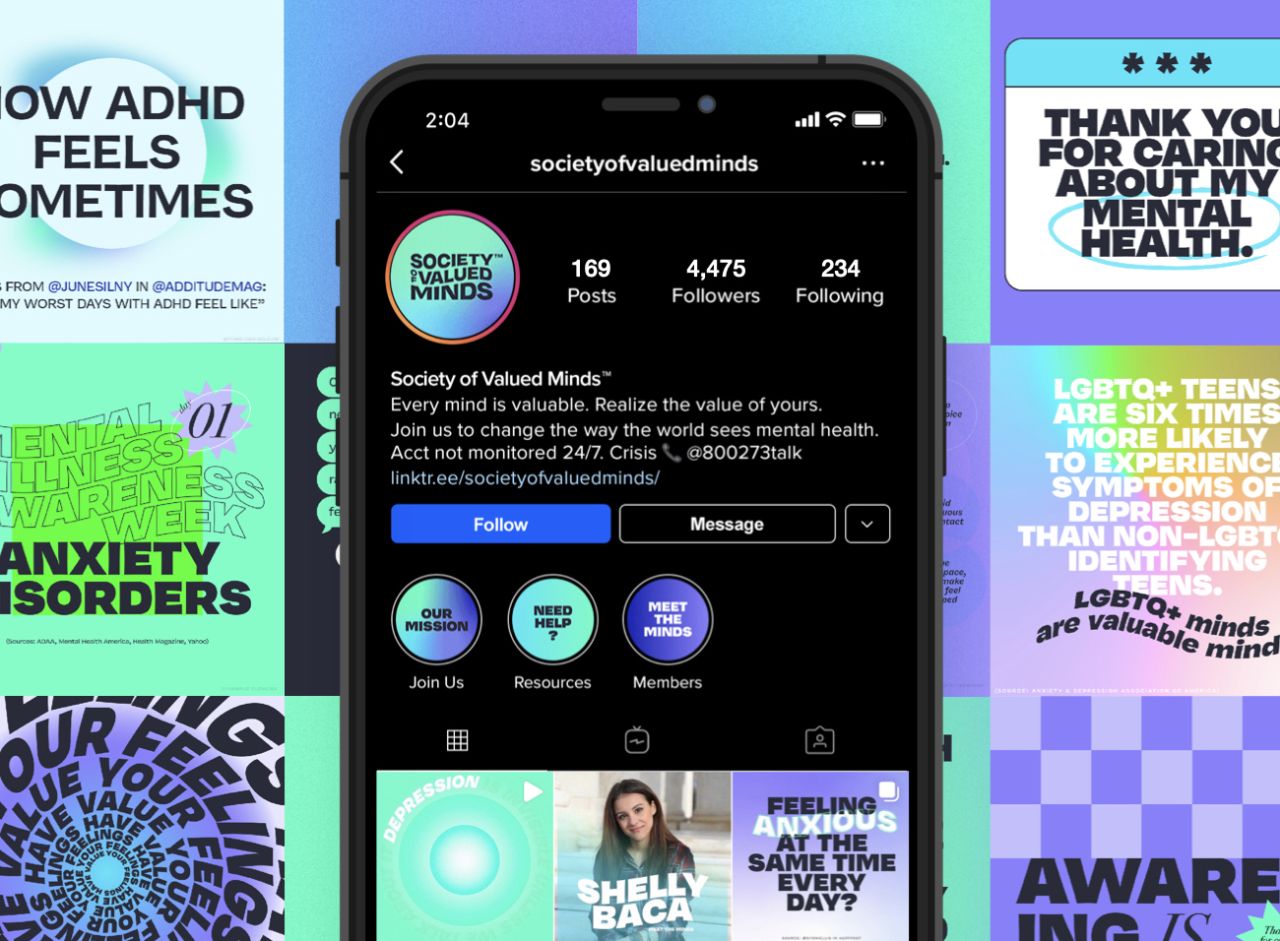
Credit: minds + assembly / Society of Valued Minds
When it comes to great examples of artist collaborations, you could take the long list of Château Mouton Rothschild wine labels designed by a roster of famous artists – from Pablo Picasso to Lucien Freud. Or you might point to fashion designer Elsa Schiaparelli's collaboration with Salvador Dalí for the iconic 'Organza Dinner Dress with Painted Lobster' in 1937. Or what about Vodka brand Absolut's many canny artistic collaborations, including with Keith Haring and Damien Hirst? It meant their bottles quickly became collector's items.
These kinds of partnerships can drum up significant hype around a product, while an artist's input can add certain kudos or even elevate a brand's cultural identity.
Stephen Minasvand, co-founder and Head of Design at minds + assembly, joined us to discuss some of the most iconic collaborations throughout history. He also explained how artists and brands could work together in authentic and sustainable ways and talked us through his own experience developing strong collaborations at minds + assembly.
According to Minasvand, the original brand and artist collaboration was Pears Soap's use of an 1886 painting by Sir John Everett Millais in advertisements. "It was controversial at the time," Minasvand told Creative Boom. The image, showing the artist's grandson looking up at a bubble, was bought by the company's managing director T.J. Barratt, hoping it would bring an air of respectability to the product. Minasvand said: "Sir John did give permission – after some initial hesitation – but it caused debate in the art world about the future relationship between high culture and advertising.
British artist Damien Hirst's prolific collaborations with brands show which side of that debate he's landed on. "Hirst's belief is that art should not be confined to gallery walls but be something 'you can live with'," Minasvand explained. In 2009, Hirst joined forces with New York skate brand Supreme to produce a series of skate decks and a Box Logo tee featuring his 'Spot' paintings. Minasvand told Creative Boom: "The decks now sell for thousands at art auctions. He also collaborated with fashion house Alexander McQueen to create 30 limited edition patterns of its iconic skull print scarf, as well as creating a collection for shoe brand Vans."
Today, Minasvand said, "artistic collaborations with brands are expanding in new and purposeful ways". He cited Khora, a virtual and augmented reality production studio that collaborated with energy company Ørsted to create a 360° VR 'Space Safari' experience. Minasvand said: "Ørsted, which has gone from fossil fuel-burning to one of the world's most sustainable energy companies, wanted a creative and immersive way to foster a greater sense of responsibility for our 'shared home' and so, with Khora, gave people a chance to experience a virtual space mission."
It's clear that brand and artist collaborations have potent power for communicating a brand's cultural relevancy and staying power – but what makes for a good collaboration?
According to Minasvand, "the key to any successful collaboration is to fully utilise the artist's creativity, whether that's bringing a feeling to life or embodying a message".
To him, it's about the level of commitment and expertise an artist can bring. He said artists possess "a level of expertise that is only achieved through total and unwavering commitment." This, he suggests, contrasts the big-picture thinking inherent in a designer's perspective. "It's wonderful being a designer, don't get me wrong. I explore different mediums, technologies, and approaches, challenging myself to find new ways to express meaningful communication to people who need it most. However, you could argue the exploration ultimately dilutes my focus."
That combination of a big-picture view from a designer and artistic rigour from an artist, when both are truly focused on communicating through their unique skills, is what makes a collaboration truly great.
Minasvand went on to say: "It's why minds + assembly collaborated with prosthetics make-up artist Louie Zakarian, who has worked for years on Saturday Night Live, and photographer Randal Ford for 2020 Connect the Swells campaign. It shines a light on the experiences of patients suffering from hereditary angioedema (HAE) with a visual representation of their symptoms while helping those who have not yet been diagnosed find the right treatment."
Minds + assembly also developed artist collaborations for the Society of Valued Minds, a platform breaking stigmas around mental health. "The artists we work with represent incredible minds living boldly with mental conditions. They're singers, designers, musicians, but also suicide survivors, schizophrenics, and more," said Minasvand, reflecting on the unique way that artists can express vulnerability and triumph, especially when it comes to tough topics like navigating mental health struggles.
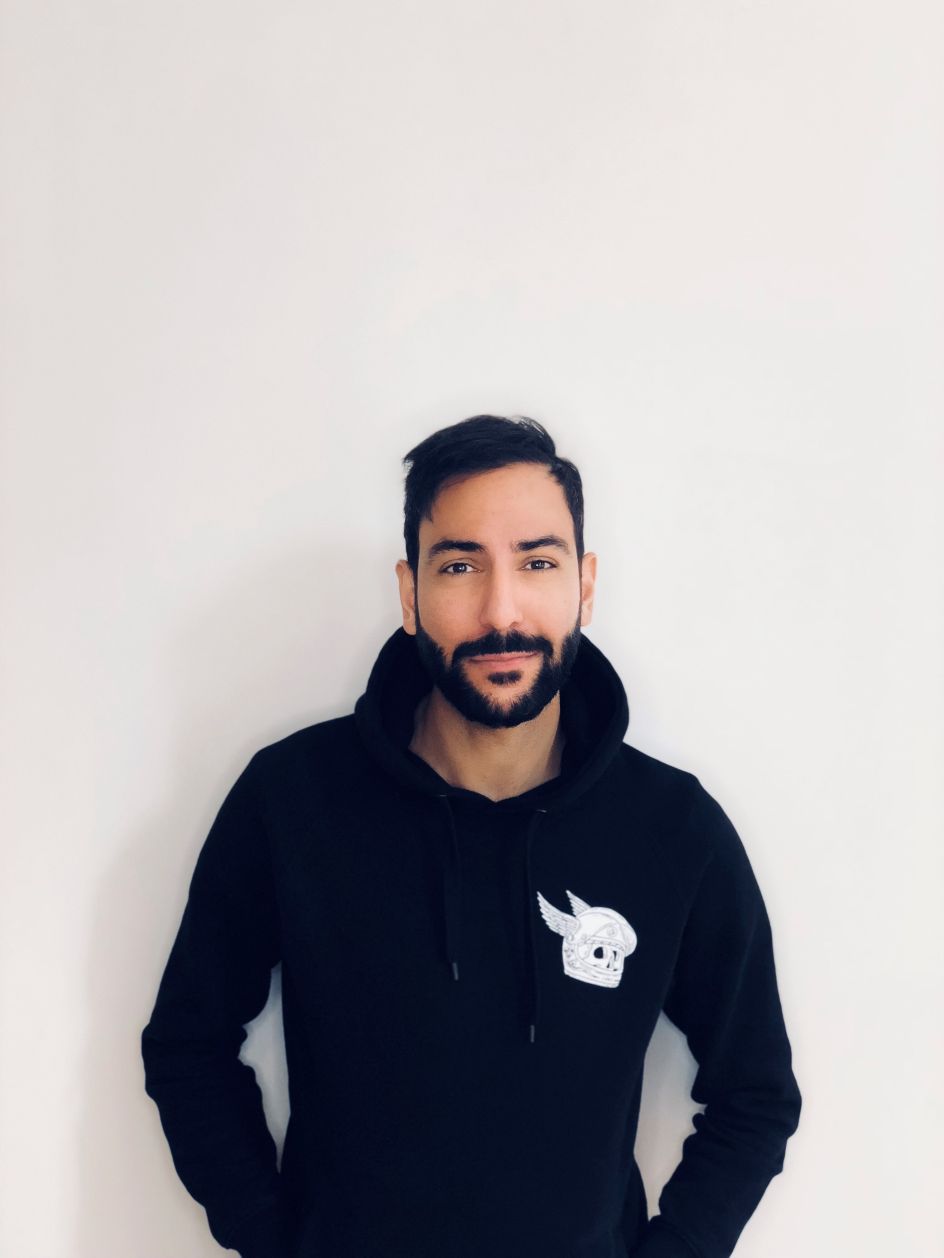
Credit: Stephen Minasvand
To ensure effective collaboration, Minasvand believes that "Brands must remember that they are working with the artist for a reason. There's nothing worse than containing [an artist's] creativity. It's like telling Michael Jordan how to shoot. If the client and/or agency push their own vision too hard or put too many restrictions on the artist, the whole thing becomes meaningless."
On the flip side, he says that artists must also remember they were chosen to communicate a message on behalf of the brand. "Finding the right balance is critical," said Minasvand. He relayed a piece of advice that his own collaborator, Randal Ford, who has also worked with brands like Pepsi, Pfizer and Verizon, offered: "Randal says that finding the right balance is done by building trust." Minasvand recalled something Ford told him while working on the Connect the Swells campaign: "'On a personal level, when a client puts their trust in me, I work that much harder to exceed expectations.'"
Another piece of advice that Minasvand has for brands seeking to make the next big artist x brand collab? "Brands must make sure there is an understanding about what they want to communicate before the artist sets off," he told Creative Boom. "Think: what are you trying to say? What is the emotional connection you are trying to create? That symbiosis between the artist and the brand is everything."
When asked why he believes artist collaborations can be so enriching for brands, Minasvand summed it up powerfully: "There is a tremendous power in the individuality an artist can bring. Artists allow us to understand uniquely. In a world where art can be interpreted a million ways and where machine learning and AI are transforming our realities and understanding of how art can be produced, I'm beginning to truly learn that the individual, the person, the human, even the 'soul', is everything when it comes to art. I've discovered that who I am and what I believe often comes from my connection with art."
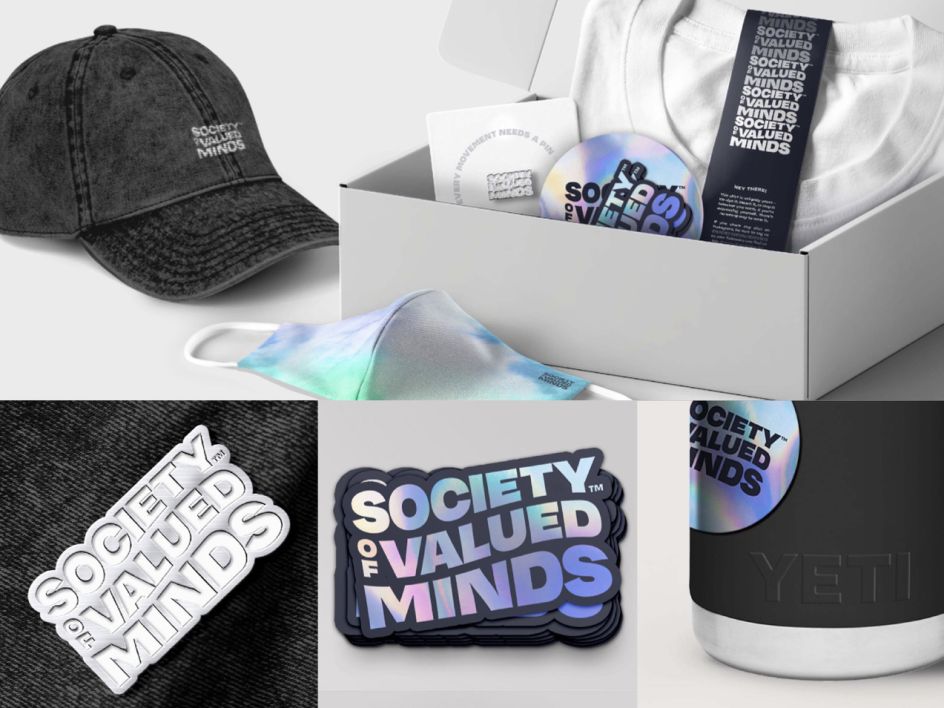
Credit: minds + assembly / Society of Valued Minds




 by Tüpokompanii](https://www.creativeboom.com/upload/articles/58/58684538770fb5b428dc1882f7a732f153500153_732.jpg)

 using <a href="https://www.ohnotype.co/fonts/obviously" target="_blank">Obviously</a> by Oh No Type Co., Art Director, Brand & Creative—Spotify](https://www.creativeboom.com/upload/articles/6e/6ed31eddc26fa563f213fc76d6993dab9231ffe4_732.jpg)








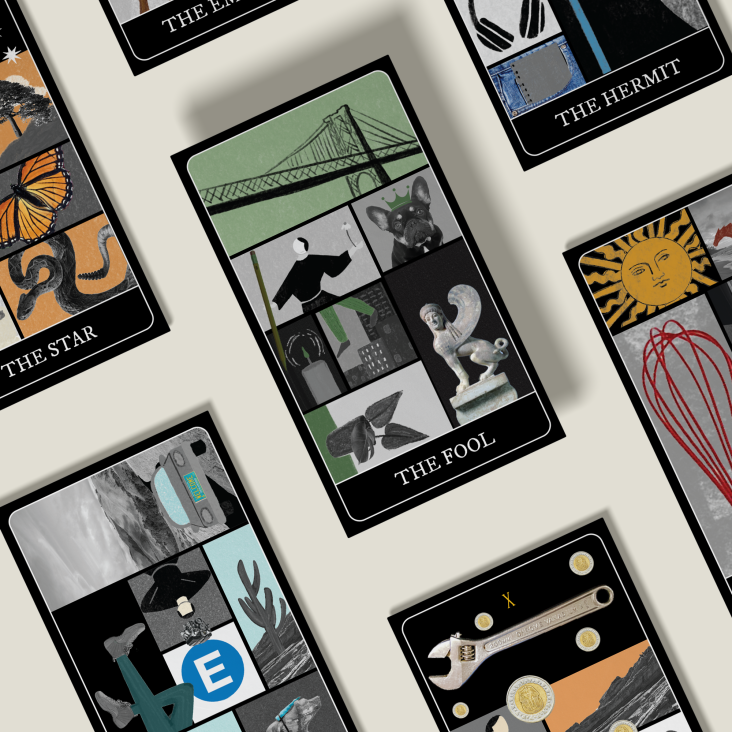
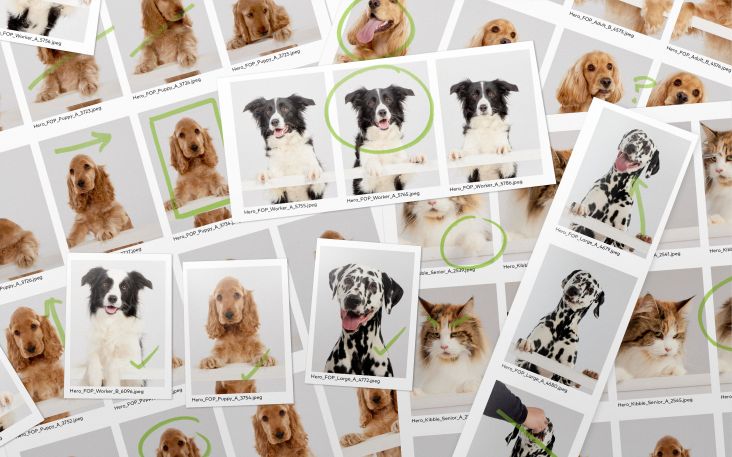
's ad for the Super Bowl 2023](https://www.creativeboom.com/upload/articles/ab/ab29e3ffef115ddd4d5c6d0d4e59c3e9deb2c5f9_732.jpg)
